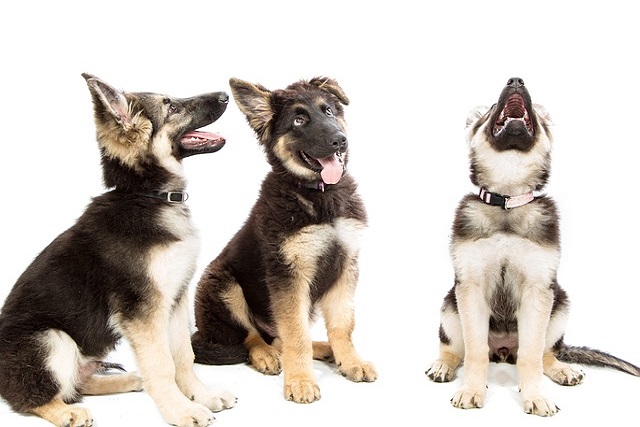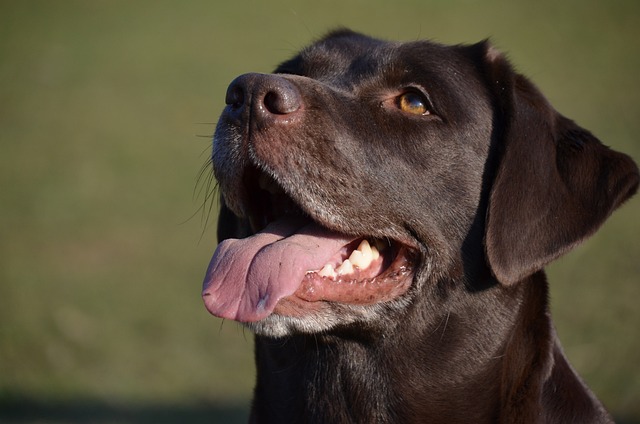A dog's skin serves as its first line of defense, but when fungi invade, this soft "armor" becomes vulnerable. Fungal infections are among the most common skin conditions in dogs, causing not only relentless itching and pain but also frustration for owners due to their recurring nature. So, what are the telltale signs of fungal infections in dogs, and how can we identify and help our pets overcome them?
The most distinctive symptom is the appearance of circular or irregular patches of hair loss with clearly defined edges, often accompanied by scaling or redness in the center—as if the fur has been "nibbled" away. These patches typically emerge first on the head, ears, limbs, or tail base before spreading. Since fungi damage hair follicles, causing breakage or loss, the remaining fur in affected areas often appears uneven and may fall out with slight touch. Some dogs also develop hyperpigmentation, leaving darkened patches where the infection occurred.
Itching is another distressing symptom, though interestingly, not all fungal infections cause intense scratching. Some dogs may only scratch mildly, while others—especially those with secondary bacterial infections—may chew themselves raw until the skin bleeds. If your dog frequently scratches a particular spot, rubs against surfaces, or shows unusual fixation on an area, be alert. Oozing wounds, scabs, or pustules after scratching indicate worsening infection requiring immediate intervention.
Fungal infections often alter the skin's texture. While healthy skin remains supple, infected areas may become dry, thickened, and covered with white or gray flakes resembling dandruff. In some cases, a distinct musty odor develops, particularly in moist areas like ear canals or between toes. Malassezia infections (a common fungal type) frequently colonize ears, armpits, or groins, causing greasy, red skin with a foul smell. Dark brown ear discharge or inflamed, ulcerated toe webs strongly suggest fungal culprits.

Puppies, senior dogs, and immunocompromised pets are prime targets for fungi, often exhibiting severe symptoms like widespread hair loss, skin ulcers, or secondary infections. Long-haired breeds (e.g., Poodles, Shih Tzus) are also more susceptible due to poor air circulation under dense coats. In multi-pet households, fungi spread rapidly through direct contact or shared items (brushes, bedding), potentially affecting other animals—or even humans (especially children or immunocompromised individuals).
Notably, fungal infections can mimic other skin conditions like allergies or mite infestations. Allergies typically cause generalized itching and redness, while mites (e.g., scabies) trigger extreme itchiness and thick crusts. Fungal infections stand out through their well-defined hairless patches and slower spread. However, visual assessment alone isn't foolproof—veterinary diagnostics like Wood's lamp examination, skin scrapings, or fungal cultures are essential for accurate diagnosis. Treatment may include antifungal creams, medicated baths, or oral medications.
At home, environmental decontamination is crucial. Fungal spores survive for months, so wash bedding, toys, and grooming tools with antifungal solutions and sun-dry them. Isolate infected pets in multi-animal households. Use antifungal shampoos (containing miconazole or chlorhexidine) sparingly to avoid disrupting the skin barrier. Dietary supplements like Omega-3s and vitamin E can aid skin repair and immunity.
Watching a dog struggle with skin problems tugs at any owner's heartstrings. Unable to speak, they scratch incessantly or gaze at us pleadingly, as if asking, "Why does it itch so much?" In these moments, our patience and vigilance become their best "anti-itch remedy." Early detection, science-backed treatment, and consistent care are key to helping them shed fungal burdens and restore healthy coats.
Though stubborn, fungal infections aren't invincible. With owner vigilance, prompt action, and veterinary guidance, most dogs recover fully. Prevention remains paramount—maintain dry, ventilated spaces, groom regularly, and avoid prolonged dampness. After all, prevention outweighs cure, and for our dogs, a comfortable environment is the ultimate "skin umbrella."






